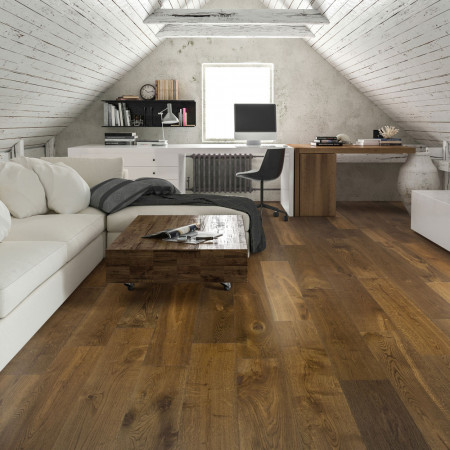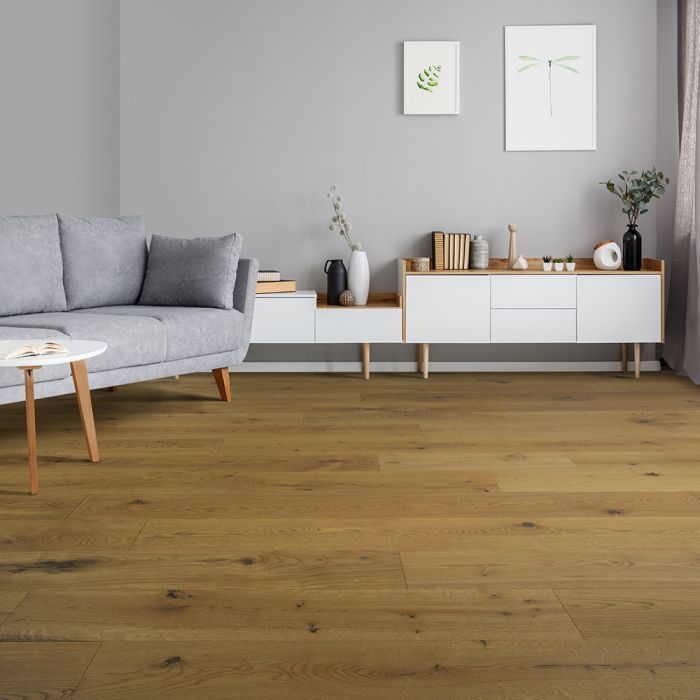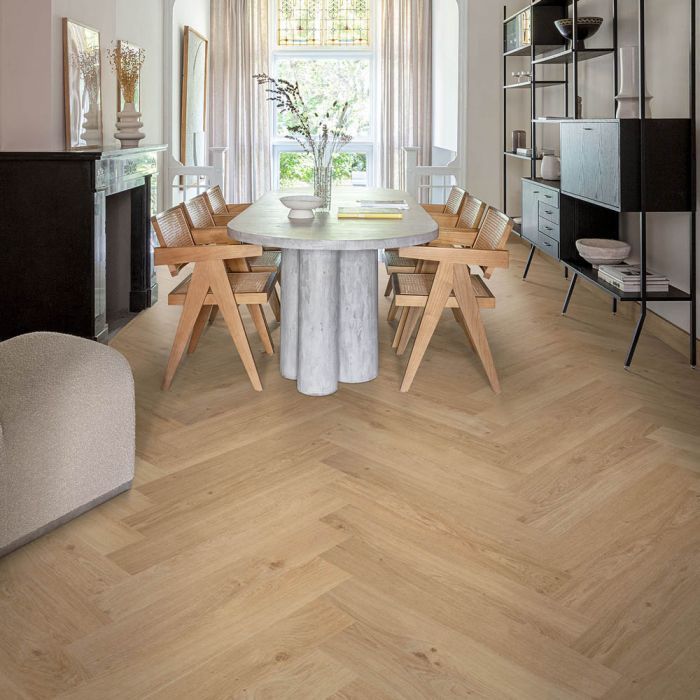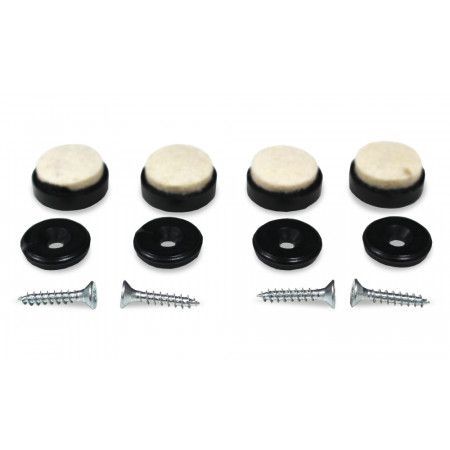Hardwood flooring jargon can be difficult to understand if you are not familiar with some of the terminology. We have put together this jargon buster to explain some of the commonly use terms in the wood flooring industry.
Acclimatisation – The process to allow your wood flooring to adjust to its new surroundings before it is installed.
Adhesive – Another word for the glue you will use to fix your floor into position.
Bamboo Flooring – An eco-friendly and sustainable floor made from Bamboo grass rather than hardwood trees.
Beading – A small strip that covers the expansion gap around the edge of the room. You would use this if you already have existing skirting boards. Beading is also known as quarter round.
Click System – This refers to the process of fitting your floor. Some hardwood floors have a click system, where the planks simply click and lock together.
Damp-Proof Membrane (DPM) – A barrier which protects against ground moisture from penetrating the subfloor and/or your hardwood floor.
End Cap – A wood flooring accessory needed when installing against carpet edges or other low lying interior floors. This is sometimes also known as an L section.
Engineered Wood Flooring – Hardwood flooring which has been made up by bonding multiple layers of wood together. It is finished with a solid wood top layer (wear layer). The base layer, which cannot be seen once installed, is usually made from plywood.
Expansion gap – A gap of at least 10mm which needs to be left around the perimeter of the room when installing a wooden floor. It is essential to allow the natural movement of the wood. Have a look at: What is an expansion gap.
Finished Floor – A wooden floor that has been factory finished with either an oil, lacquer or varnish to protect the surface from damage and stains.
Flexible Flooring Adhesive – Wood flooring glue that bonds the hardwood floor to the subfloor and allows for natural flexible movement to take place.
Floating Floor – When your wooden floor is installed on top of an underlay without being secured to the subfloor. Only engineered flooring can be floated. It is sometimes called a loose laid floor.
Flush Reducer – A wooden flooring accessory that allows you to reduce the flooring down to a lower level.
Grade – The grade of a wooden floor defines the quality and appearance and of the raw timber flooring.
Hardwood – The type of wood that the flooring is made from. Hardwood is dense compared to softwood, which is the reason it is ideal for furniture and flooring.
Janka Hardness Scale – The scale used to measure the hardness of a wood species in comparison to another species.
Lacquer – A smooth and hardwearing finish that can be applied to hardwood flooring. Lacquer is usually available in a matt or semi-matt finish.
Laminate flooring – A high definition picture of wooden flooring laminated onto high density fibreboard. This is not actual hardwood flooring.
Levelling Compound – Self-levelling compounds are designed for smoothing out or raising subfloors in order to prepare for hardwood floor installation.
Loose laid – This is the same as a floating floor. When your wooden floor is installed on top of an underlay without being secured to the subfloor. Only engineered flooring can be loose laid.
Moisture Content (MC) – You will hear this term when preparing your subfloor. It is the amount of moisture that is present in a subfloor or floor covering. The MC of the subfloor should always be checked before installing any hardwood floor. For more information, have a look at: How to prepare my subfloor.
Moisture Meter – A meter that used to check the amount of moisture present in your subfloor.
Oiling – The process of applying wood flooring oil to the surface of your floor to change its appearance and add protection.
Parquet Block Flooring – A wooden block of flooring which is used to create different geometric patterns.
Pipe Cover – A wooden flooring accessory that surrounds the base of pipework.
Quarter Round – This is the same as beading. A small strip that covers the expansion gap around the edge of the room. You would use this if you already have existing skirting boards.
Ramp – A wooden flooring accessory that reduces your floor down to a lower level.
Sanding – The process of removing the top layer of hardwood flooring.
Scotia – A wooden flooring accessory that covers over your expansion gap when installing flooring against existing skirting boards.
Screed – This is a sand and cement mixture used on top of a concrete subfloor to create a smooth, level surface so that wooden flooring can be installed.
Secret Nailing – An installation process associated with a timber subfloor and tongue and groove flooring. A nail is fired at a 45 degree angle into the tongue of a T&G board. The nail is hidden from view and secures the flooring planks to the subfloor.
Secret Screwing – An installation method usually associated with a timber subfloor and tongue and groove flooring. A screw is angled through the tongue of a T&G plank at 45 degrees, ensuring that it is hidden.
Sheen Level – The level of sheen of the finish on the floor. You will find hardwood floors available with the following: satin, matt, gloss, and silk-matt.
Skirting – A wooden floor accessory designed to cover the expansion gap between your flooring and the wall.
Solid wood flooring – Wooden flooring made from a solid piece of hardwood.
Species – The type of tree that a flooring is made from, e.g. Oak, Walnut or Maple.
Staining – The process of applying a wood colour stain which changes the appearance or colour of your hardwood floor.
Stair Nosing – A wood flooring accessory that allows you to fit hardwood flooring onto your staircase.
Subfloor – This is the existing floor in your property. This will usually be either: joists, concrete, wooden floor boards, plywood or chipboard.
T-Moulding – A wood flooring accessory which covers the join between two floors of the same height.
Tongue and Groove (T&G) – This is denotes the fitting method of your wooden floor. T&G flooring planks have one long side and one short side with a protruding edge (tongue) and one long side and one short side with a rebated edge (groove). The tongue fits into the groove during installation.
Under Floor Heating (UFH) – A method of central heating which is installed underneath your floor.
Unfinished Floor - An unfinished hardwood floor is just the raw material made into a plank of flooring. You must seal and protect it with either a lacquer or oil immediately after installation.
Underlay – A cushioned middle layer between the subfloor and your hardwood floor.
Wear layer – The solid wood top layer of engineered flooring planks.
WPVA glue – A water resistant adhesive used to bond the tongue and groove joints of engineered or solid flooring.







